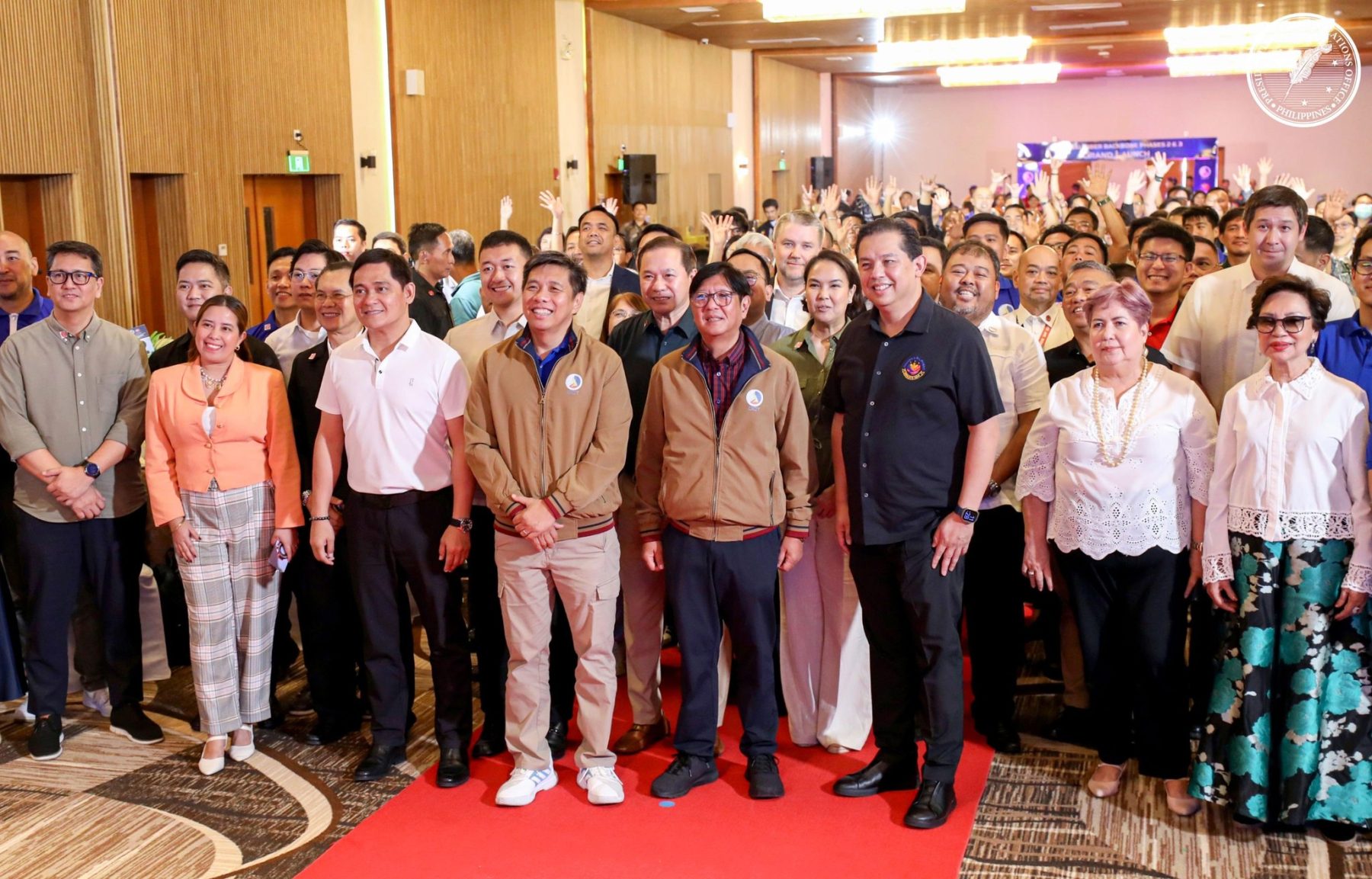
Local leaders thanked President Ferdinand R. Marcos Jr. for his administration’s strong push for digitalization, noting that improved internet connectivity stands as a breakthrough for Leyteños—one that is expected to spur economic growth, strengthen governance, and bridge communities nationwide.
In an interview with the Presidential News Desk (PND), Palo Mayor Remedios Petilla described the National Fiber Backbone (NFB) project, whose Phases 2 and 3 were launched by the President in Palo, Leyte, on Monday, as a transformative initiative that will significantly benefit her constituents.
“Definitely, this is one of the best things that will happen to our localities —connectivity. There should always be a strong link between the villages and the township,” Petilla said.
The mayor emphasized the importance of accelerating and expanding the NFB, which she stated is crucial in delivering programs and services to even the most remote areas.
“So kailangan na ma-intensify ito – how important it is na the whole country up to the last villages should be connected because it’s what we really need, and how to get to them and get our programs done. So very, very important nowadays,” Petilla said.
Petilla expressed her appreciation to President Marcos for the successful launch of Phases 2 and 3 of the NFB project, which benefits the Visayas and Mindanao regions, and reaffirmed her support for the administration’s digitalization efforts.
“We congratulate him and we thank him for being our President, for always being there for us, especially in the aspect of this digitalization,” Petilla said.
Meanwhile, Alangalang Mayor Lovell Anne Castro echoed Petilla’s sentiments, emphasizing the positive impact of digital infrastructure on public service delivery in her municipality.
“We are so grateful to the President for this. With the launching of the National Fiber Backbone, everything will be fast, easy access for all the services that we have. They can access it online,” Mayor Castro said.
“So, even those who are living in far-flung barangays can easily access all the services. So, we are just grateful for this,” Castro added.
The digital infrastructure development through the NFB also extends to government agencies in the region.
Rey-Van Palencia, a trade and industry development analyst at the Department of Trade and Industry (DTI)-Region VIII, shared how the expanded fiber optic network has enhanced operational efficiency of their office.
“The National Fiber Backbone has been a great help for DTI-Region VIII as we transition from manual processes to cloud-based systems. Thanks to DICT’s GovNet internet solution, we’re able to reach MSMEs (micro, small, and medium enterprises) digitally and improve our internal workflows,” Palencia told PND.
GovNet is part of the National Broadband Program of the Department of Information and Communications Technology (DICT), which aims to connect 98 government offices through a high-speed fiber optic network, enhancing connectivity and streamlining government operations.
“Nagpapasalamat po kami kay President Bongbong Marcos for allowing DTI to become a beneficiary of the GovNet. We support this initiative for the National Fiber Backbone Phases 2 and 3,” Palencia said. | PND

